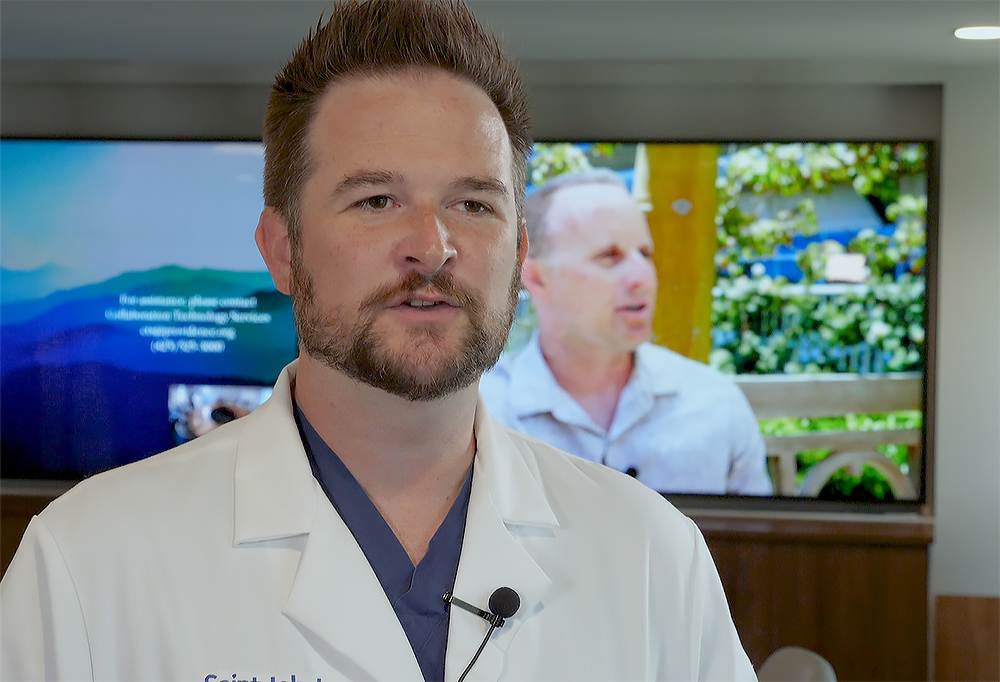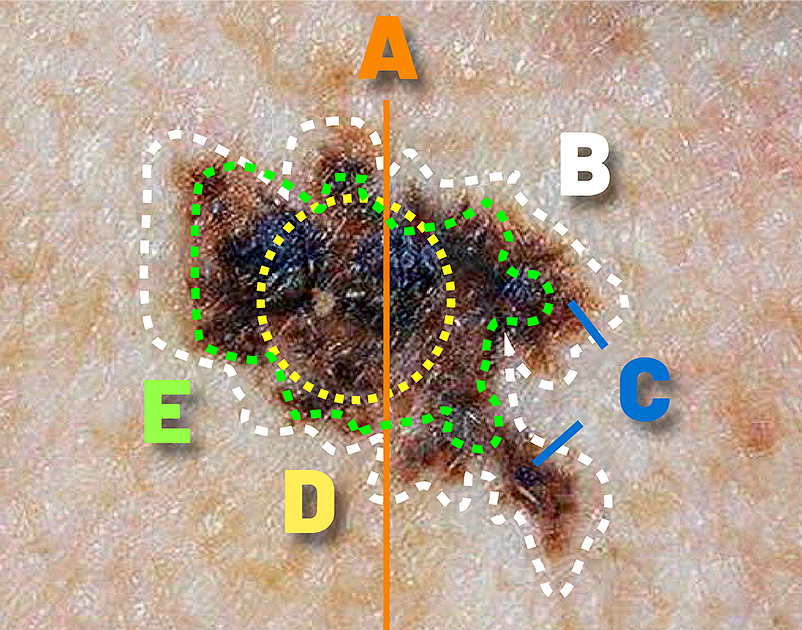
Incidents of Younger Melanoma Patients on the Rise
Dr. Trevan Fischer, Assistant Program Director of the Complex General Surgical Oncology fellowship, performs between one to two hundred melanoma surgeries each year. In his work, incidents of melanoma are increasing faster than other cancers.1 Though cancer survival is also increasing due to improved treatments and vaccines, patients are presenting with melanoma at a much younger age than in previous generations. This may present more of the population having to cope with the disease for a longer portion of their lives, which could reveal new risks that were traditionally less of a factor.
Most problematic is the use of tanning beds, according to Dr. Fischer. To put it into perspective, 20 minutes in a tanning bed, which is full-body exposure to many commonly protected areas of the skin, is equivalent to 4 hours in the sun. It is basically cellular skin damage on steroids because tanning sessions are offered based on the number of repeat visits.
Dr. Trevan Fischer explains what to look for
Dr. Fischer offers helpful information to detect and prevent melanoma.
Melanoma is a deadly form of cancer that is responsible for most of the skin cancer-related deaths in the US., which is 10% of the 100,000 estimated new cases each year. So based on where you live, what you do, and how well you protect your skin according to your risk level, it’s a suitable time to reacquaint yourself with the ABCDEs of melanoma before the more intense summer months arrive.
Look for an Ugly Duckling.
– Trevan Fischer, MD
ABCDEs of Melanoma
Dr. Fischer explains the ABCDEs of melanoma perfectly, identifying the key attributes of the kind of suspicious lesion he refers to as an ugly duckling—amole that looks nothing like your other moles because of its wide-ranging irregularities.
What are the ADBDEs of Melanoma?
- Asymmetry: Does one side of a mole match the other side?
- Border: Is the outline of the mole ragged and irregular along the edges?
- Color: Are there distinct colors or shades within the same mole?
- Diameter: Is it larger than 6 millimeters (the size of a pencil eraser)
- Evolvolution: Are there any changes in the color, size, or look of the mole over time?
If we use these in our clinical practice to find out which moles should be biopsied, we can reduce the risk of melanoma having spread by diagnosing it earlier.
– Trevan Fischer, MD
What are some straightforward ways to protect yourself from developing melanoma?
- Get yearly skin exams. It is quick and easy. Your dermatologist will be able to compare photos of suspicious moles year to year.
- Avoid exposure that can lead to sunburn. Avoid tanning beds altogether.
- Use broad-spectrum sunscreen every two hours when you are in the sun and reapply every half hour if you are working out or perspiring.
- Apply sunscreen as part of your daily routine. Developing a routine is a safe way to build upon lifelong habits.
- Wear sun-protective clothing. Rash guards have become a popular option and are great for kids.
- Try to stay out of the sun between 10 a.m. and 4 p.m. when the sun’s UV rays are the strongest.
Developing protective habits
Additional Information:
- Trevan Fischer, MD
- Melanoma Center of Excellence
- Conditions, Diagnosis &Treatment
- Melanoma Statistics (American Cancer Society)
Sources:
1Cancer.org. (2003). Key Statistics for Melanoma Skin Cancer. https://www.cancer.org/cancer/types/melanoma-skin-cancer/about/key-statistics.html.



